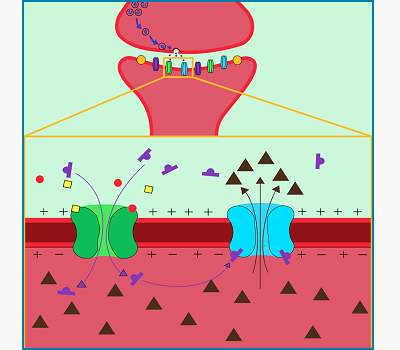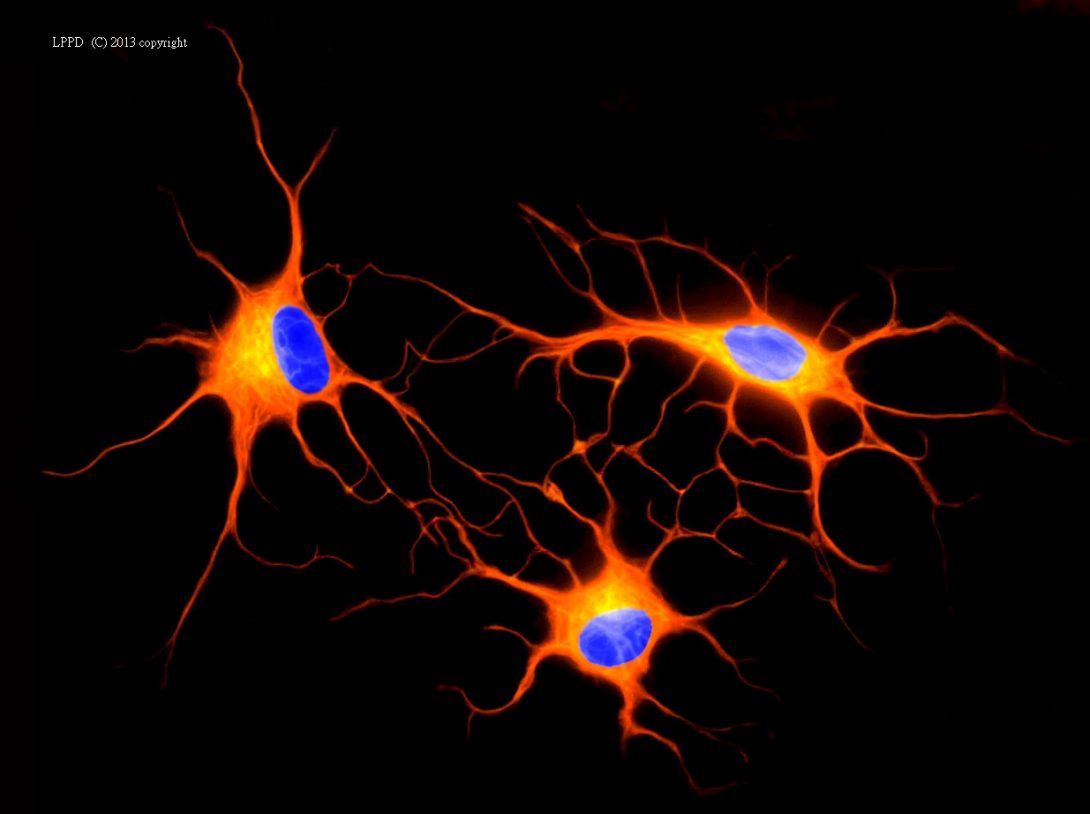Cellular Simulation Models
Cellular Simulation Models

Simulations of Neuronal Subcellular Environment
Grant Hartung and Andreas Linninger
Computational neuroscience has historically relied on numerical models assuming that electrophysiology and biochemistry are independent of one another. In a neuron, however, they are fully coupled. We build distributed models that couple the contribution of accumulated electrical charge, receptor agonist binding kinetics, and molecular mobility to accurately simulate synaptic integration at the subcellular level.
Aquaporin 4 Water Transport in the CNS

Aquaporin 4 Water Transport in the CNS
Jacek Lechowicz and Andreas Linninger
The dysregulation of water transport within the central nervous system (CNS) is believed to be responsible for the accumulation of waste products leading to neurodegenerative disorders such as Alzheimer’s, Parkinson’s, and Huntington’ disease. The high metabolism of the brain and the sensitivity of neurons to their environment requires an efficient means by which soluble waste can be cleared. A macroscopic water pathway, that is theorized to be responsible for this clearance of solutes, has been observed but our knowledge of the underlying cellular and molecular process is lacking. Aquaporin 4 (AQP4), the major water transport channel in the brain and expressed in astrocytes, is known to play a major role as its deletion results in a 70% reduction of radiolabeled amyloid beta clearance from the mouse brain and has been observed to have lower expression levels in the brains of Alzheimer’s patients.